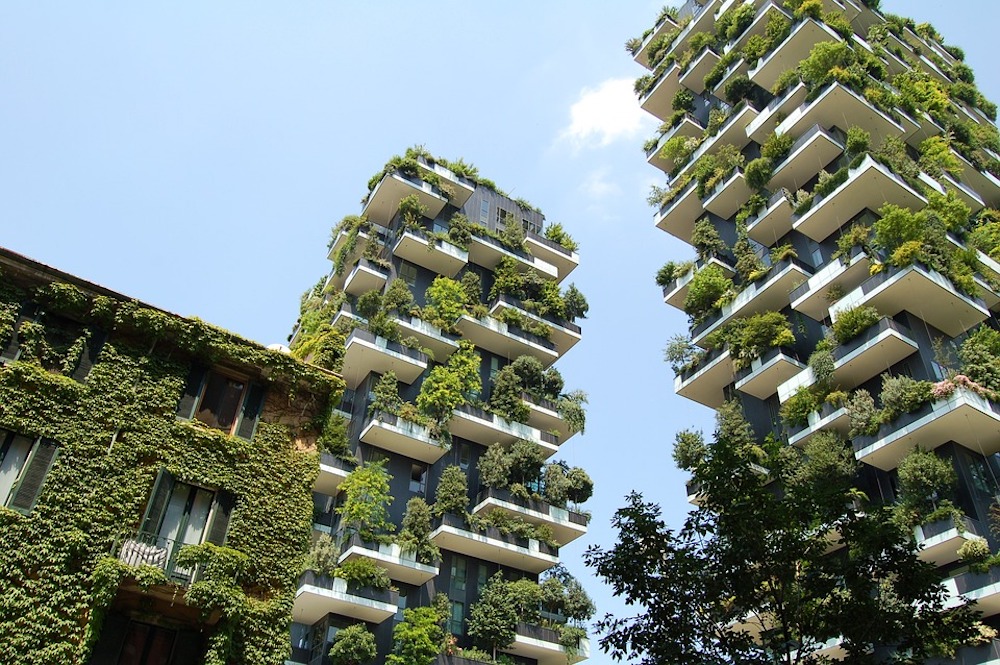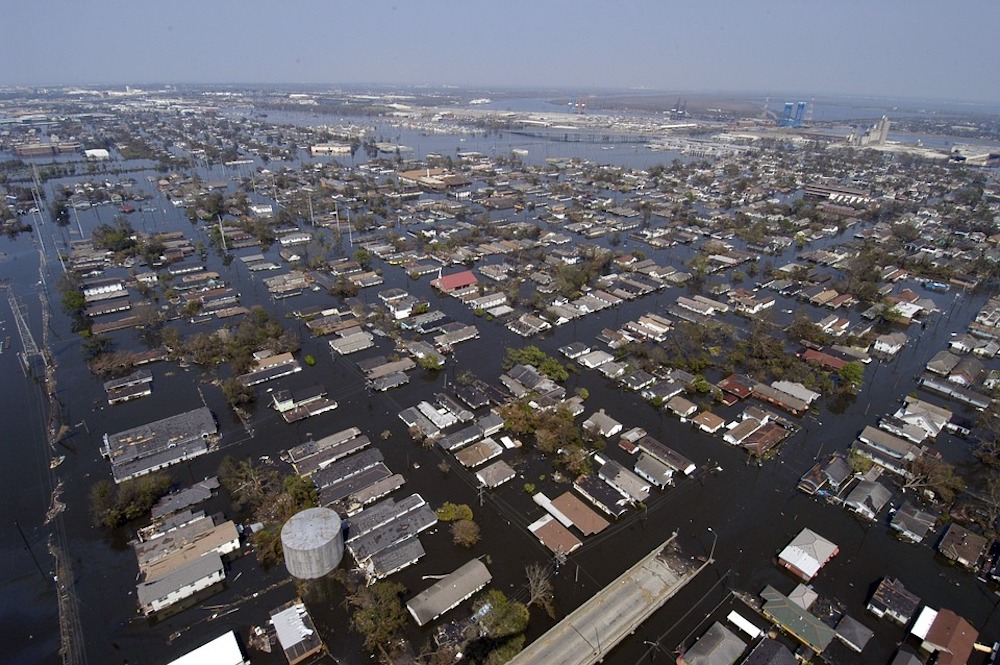Exclusive Interview: H2O Global News Editor, Siôn Geschwindt, spoke with International Water Association (IWA) Director of Strategic Programmes and Engagement, Daniela Bemfica, about urban water resilience and what IWA is doing to make the cities of the future more liveable, sustainable and inclusive.
As epicentres of human activity, creativity, opportunity and connection – cities are magnetic. And the numbers speak for themselves.
56 percent of the world’s population is urban, and that figure is projected to reach 68% by 2050 – an addition of over 2 billion people. What’s more the number of megacities with a population over 10 million is expected to almost double by 2050. Even today, Japan’s capital, Tokyo, is home to over 37 million people – equal to the entire population of Canada.
Urbanisation is a mega-trend of the 21st century and can help improve living standards and provide people with better food, education, housing, and health care.
But these benefits will only be realised if urbanisation is well-planned and sustainable. And that’s a big IF.
In many parts of the world, rapid urbanisation has led to an increase in poverty, environmental degradation and inequality. Demand for resources such as food and energy, and services like housing and waste disposal, are placing mounting pressure on urban governance and infrastructures.
A case in point is water.
“Among the main consequences of rapid and unplanned urban expansion is poor water quality in urban waterways, higher cost of water treatment, more frequent and intense urban flooding, and the reduction of groundwater recharge,” said International Water Association (IWA) Director of Strategic Programmes and Engagement, Daniela Bemfica.
And to add fuel to the fire – the planet is warming.
Climate change is altering the distribution of water on our planet: more of it in some places, and less of it in others. We are witnessing more frequent and intense heatwaves, droughts, floods and sea-level rise.
“Climate change is altering the distribution of water on our planet: more of it in some places, and less of it in others.”
Cities, especially those in developing countries, will feel the full brunt of climate change – but will equally play a central role in solving it. While urban areas produce 70% of the world’s carbon emissions and consume the majority of its resources, they are simultaneously places of innovation, knowledge sharing and wealth creation.
In the words of UN Secretary-General, António Guterres, “cities are where the climate battle will largely be won or lost.“
Building urban water resilience
Access to a safe and reliable water supply underpins human well-being.
According to the Stockholm International Water Institute, urban water resilience describes the capacity of cities to function in the face of water-related stresses so that those living and working within the city can survive and thrive.
“Urban water resilience is about more than just water; it’s about building cities that are more liveable, sustainable and fair.”
It’s a given that all cities should aim to provide their residents with access to high quality water resources and protection from water-related hazards.
However, achieving urban water resiliency is far from straightforward. It requires a coordinated and holistic effort from all urban actors and across a range of systems.
Integrated Urban Water Management (IUWM) is an approach that calls for the alignment of urban development and basin management to achieve sustainable economic, social, and environmental goals.
The concept arose in the 1990s, and since then, this approach has evolved with new complementary and/or overlapping concepts emerging, such as water sensitive cities and water sensitive urban design (WSUD), low-impact development, water sustainability, water safety, water resilience, water-wise cities, among others.
To promote IUWM, the International Water Association (IWA) have developed a set of 17 principles for water-wise cities.
“IWA envisions that, in the future, cities are water-wise, meaning they not only provide safe water and sanitation for all their citizens and are resilient to floods, droughts, and the challenges of growing water scarcity, but are also great places to live, where innovation, social cohesion, creativity, and culture flourish,” said Bemfica. “However, we must also acknowledge that the situation in low- and middle-income countries (LMIC) is very different.”

The Global South is especially vulnerable to climate change
According to the African Centre for Cities, 95% of urban growth between now and 2050 will take place in Africa and Asia, with many of these cities disproportionately vulnerable to the impacts of climate change.
What can we do?
Clearly urban water resilience is about more than just water; it’s about building cities that are more liveable, sustainable and fair. Despite the enormous hurdles that lie ahead, this is achievable.
IUWM offers a framework, but action on all levels and across all sectors will be essential for this framework to materialise. IWA is one organisation that is working to do just that.
IWA is the largest network of water professionals in the world, and strives for a planet in which water is wisely, sustainably and equitably managed. The association has numerous projects and partnerships that aim to make crucial interventions along the length and breadth of the water sector.
To help developing countries access improved water services, IWA has partnered with the World Health Organisation (WHO) to assist water service providers in developing and implementing Water Safety Plans (WSPs).
WSPs are the most reliable and effective way to manage drinking-water supplies to safeguard public health, allowing the understanding of the water supply system, improving stakeholder collaboration and operational efficiencies of utilities, and providing a robust framework to better target more sustainable long-term capital investments.
Another key player on the path to urban water resilience will be the water industry itself.
“The water industry plays a very important role in cities’ transitions towards water sensitivity and resilience,” said Bemfica. “In recent decades, the industry has developed and incorporated staggering technological and managerial advances, but there is still a long way to go.”
“Water utilities in particular, need to adapt to meet the emerging demands of a dynamic, highly deregulated, and competitive environment within the context of a changing climate, while continuing to deliver essential services to the citizens.”
The industry’s ability to contribute to more resilient urban spaces will largely be measured by how rapidly it adopts digital technologies and adapts to climate change.
To help achieve these goals, IWA has initiated the Digital Water Programme, aiming to act as a catalyst for innovation, knowledge and best practices around digitalization for the water industry. They have also launched the Climate Smart Utilities initiative to support water, wastewater, and urban drainage utilities to improve their climate resilience.

Green infrastructure can boost water resilience
“Action must come from the builders and shapers of our cities – the planners, architects and constructers.”
Action must also come from the builders and shapers of our cities – the planners, architects and constructers.
Urban planning should be integrated into the management, protection, and conservation of the total urban water cycle. This will include the promotion of water-sensitive urban design solutions (e.g., green roofs, infiltration trenches, rain gardens, wastewater recycling and reuse structures, etc) that enable regenerative water services. At the local scale, this can lead to reduced water, energy, and carbon footprints, as well as to increased resilience to flooding risks.
Finally, citizens’ engagement is essential to develop water-wise communities. This is about people building on their existing capacities to govern and plan: professionals should become more water-wise in their area of expertise so that they can integrate water across sectors, but also people should become “water-wise” in their behaviours as citizens too.
As the lifeblood of our societies, water is a pillar for change that influences the entire urban landscape. Urban water resiliency is about more than just upgrading pipes, it’s about building better, fairer and healthier spaces for all. Only through global, regional and local action, strong partnerships and inclusive discourse can we hope to build future-proof cities that everyone can call ‘home’.
Do you have an article that you would like to share? Submit your article here or keep up with the latest news from the water industry and wastewater industry by subscribing to our weekly newsletter.








[…] Water Association (IWA) Director of Strategic Programmes and Engagement, Daniela Bemfica, in an interview with H2O Global News. “The main barriers are related to policy, regulation and cultural […]